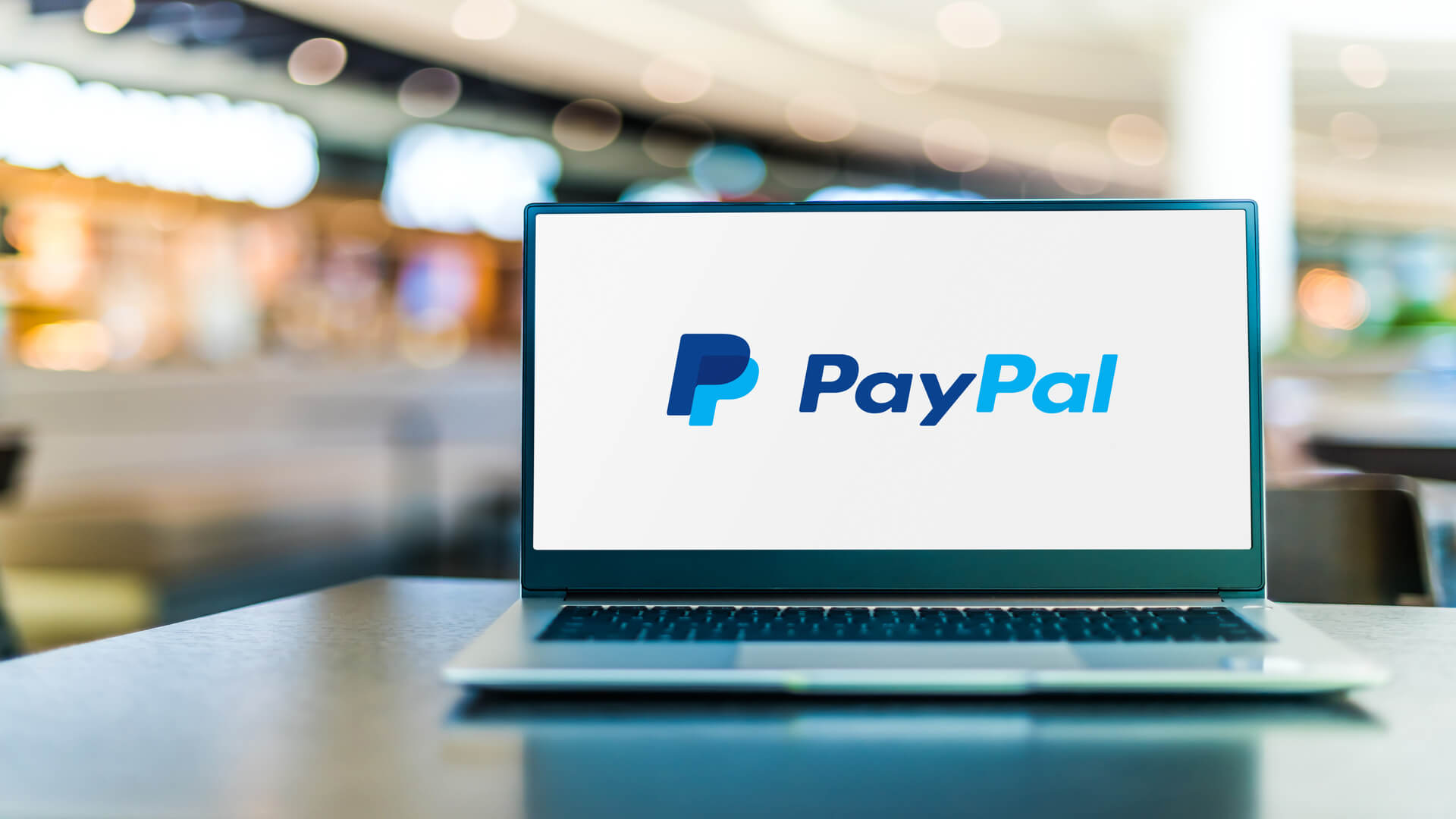Written by Gavan Smythe, Managing Director, iCompareFX
With PayPal boasting over 20 million active merchant accounts, it’s clear many businesses are swayed by its global popularity, ease of use and secure payment gateways.
However, its attractive simplicity often sees PayPal become the default money transfer service for businesses who fail to research the market. Ultimately, they miss out on the rewards available by switching providers, including reduced fees and wider platform integration.
So, what are some of these main PayPal merchant account pitfalls which may be limiting business success?
Comparing fees
Like any money transfer provider, PayPal merchant accounts charge users gateway fees for receiving payments. Typically, these charges are a percentage amount of each transaction – however, they can often include additional variable fees for non-domestic cards and currency conversion back to the business’ base currency – so, they soon add up for businesses looking to grow their ecommerce offering.
That’s why market research is key to gaining the most value from a provider. The chosen service should reflect the business model. So, if the business only trades in five specific areas, it makes sense to work with a provider which offers the most attractive fees in those regions.
With many of PayPal’s competitors offering lower gateway percentage fees for both domestic and international payments, it’s worth comparing the leading providers to identify which makes the most sense for your markets.
Plus, PayPal merchant accounts do not lend themselves to lower-cost transactions. Many businesses – especially ecommerce traders – deal in high-volume, low-value transactions, like those for a few GBP or less. When considering the fixed fee of £0.30 for each domestic transaction, it represents a significant margin on these lower-sum conversions.
However, PayPal does offer a specialised ‘Micropayments’ rate for those who tend to raise transfers for £5 or less. Eligible businesses instead pay 5 percent of each transaction but a reduced fixed fee, of just 5 pence, on domestic transfers.
Chargeback fees should also be considered, especially among businesses whose services harbour the potential for disputes or have a high churn-rate with limited-time quality guarantees.
The cost of currency conversion
For international sellers, there is the added complication of consumers paying in their local currencies, as this balance ultimately needs to be converted into the business’ base currency.
While it’s simple to receive these payments in a PayPal account – by simply unblocking international payments in the account settings – the problem is in being forced to accept PayPal’s fees when it comes to converting the currency.
Currency conversions will always incur a fee, whether using an online money transfer service or going through a bank. However, by shopping around, businesses may be able to find a provider which offers attractively low fees for converting common currency pairs.
For example, while PayPal UK charges businesses 4.9 percent for international transactions where the buyer pays with a local, non-UK card, plus 2.5 percent to repatriate foreign currencies into GBP, other providers offer reduced fees. Stripe, for example, charges just 2 percent for currency conversion back to the base currency.
Another hurdle for businesses is that of adding an international bank account – outside of the business’ registration country – to their PayPal merchant account when it operates in a foreign currency.
PayPal are actively blocking by country business units by charging 3 percent payout fees for foreign denominated receiving bank accounts that differ from the account’s base currency. This is the same fee that they can charge for the currency conversion.
This is because PayPal acknowledges the fact international businesses are using multi-currency accounts to bypass their currency conversion fees. So, it’s now added set fees on withdrawals when paying out to international bank accounts.
However, not all providers have taken this step yet, so it’s worth comparing these fees when choosing a provider. For example, Stripe UK supports multiple payout currencies when a local currency account for each foreign settlement currency is added.
This allows Stripe UK users to attach multi-currency accounts to avoid the 2 percent currency conversion fee. However, Stripe admits that payouts to virtual – but local – multi-currency accounts can have a higher payout-failure rate.
Integration
Businesses demand more from their PayPal accounts than simple consumer PayPal profiles.
Those who can, opt to link their PayPal merchant profile to multi-currency specialised accounts – like WorldFirst’s ‘World Account’ or OFX’s ‘Global Account’ – and are also increasingly enjoying compatibility with other digital platforms, via tools like Zapier, to keep their workflow content conveniently in one place.
However, this isn’t without its challenges. Depending on the terms and conditions of the PayPal Business Unit in their registration country, businesses face additional fees to withdraw funds to international accounts.
While competing providers are seemingly acting to limit these withdrawals too – to protect their lucrative currency conversion fees – they make it simpler to avoid significant charges.
This may include allowing businesses to add a specialised currency account, like USD accounts, in their home country, to which they can withdraw funds in USD and simply convert it to their domestic currency later.
For example, Stripe and 2Checkout provide payout support in USD to Singapore registered businesses. A Singaporean e-commerce business can operate in the US market and enjoy USD payouts to their Singapore-located USD accounts. These businesses can then use specialist money transfer companies to convert USD, at a preferable rate, to their local SGD account.
These businesses will then obviously face fixed fees for converting currencies elsewhere, however, compared with PayPal’s percentage withdrawal charges, they represent significant savings for medium-to-large businesses.
Similarly, when it comes to integrating productivity tools and software, like Zapier, PayPal can prove tricker than its competitors.
Some services, like Stripe, are developed with more Zapier triggers, allowing them to integrate easily with third-party apps. PayPal, on the other hand, may require additional development work to achieve desired integration with this software.
Help at hand
Aside from the potential financial pitfalls of PayPal merchant accounts, for many businesses, customer service is just as important. Especially for SMEs, who often juggle many responsibilities with a skeleton staff and need to know any problems will be fixed quickly and smoothly.
While customer service can be inherently subjective, those comparing services may find verified review sites helpful as a starting point. For example, UK PayPal currently holds a generalised 1.2 rating out of a possible 5, on TrustPilot, with the website also letting users filter by keywords like ‘customer service’, for more detailed reviews.
Not only is a 1.2-rating unimpressive on the surface but it becomes more damning when compared to competitor ratings, like Stripe and 2Checkout, which both boast 3.6-ratings.
Those who overlook customer service when comparing providers risk losing out long-term in downtime because of delayed troubleshooting of issues, as well as costly disputes.
PayPal has a track record of suspending accounts when disputes are raised, even before any fault on behalf of the businesses has been found. It can take up to a few months for this to be resolved and the suspension to be reversed. However, within this time, the business cannot make or receive any payments and will pass this inconvenience on to the customer.
PayPal is a widely popular platform – especially with consumers and small businesses – however, for large international traders, comparing providers is key in achieving the most cost-effective and efficient service.

Recognising excellence across the Asian Pacific.
Nominate now ➜
Read the latest and past issues of APAC Insider.
Explore issues ➜
Find out how we can help your business grow.
Find out more ➜




















